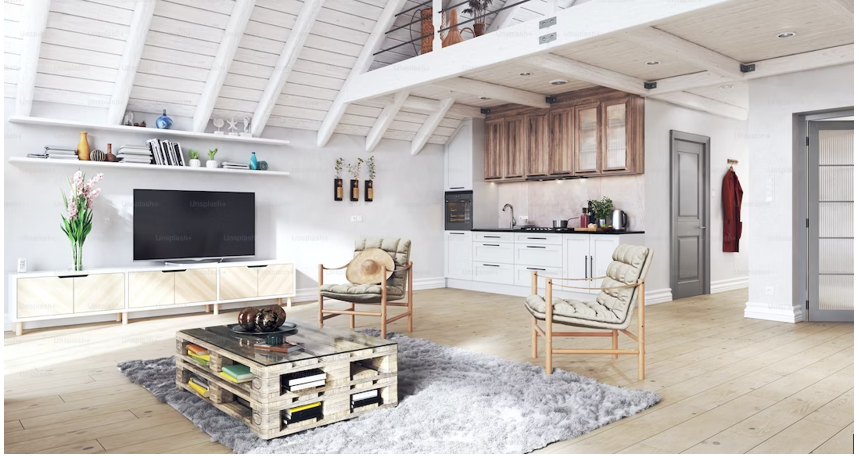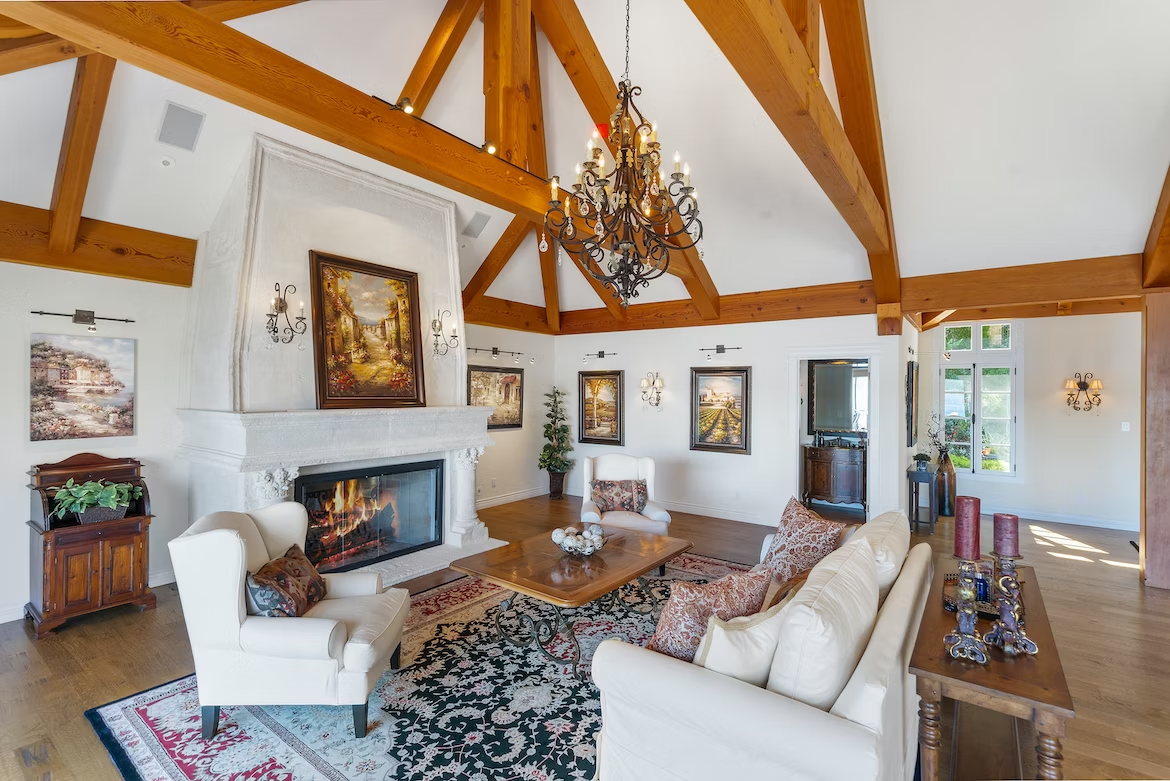Many of us neglect our attics, using them for little more than storage, if that. But just like any other area in the home, attics are usable space. There are all sorts of things you can do with them.
Going about this process successfully can be challenging, though. That’s why we’ve written this post. We explore some of the principles you need to adopt to turn your attic into something special.
But what do we mean by this? Let’s take a look.
Check The Structure
The first step is to check the attic’s structure. You want to ensure that it can become a fully-fledged room that members of your household would want to use.
Inspect the rafters and insulation for pests. Rodents, wasps, and termites are all common in attics.
Don’t walk on top of the insulation. You might fall through the floor. If there are no boards down yet, consider doing this as a matter of priority.
Plan For Insulation
Putting boards directly on top of your insulation and nailing them to the rafters is risky. It can adversely affect your insulation’s efficiency, putting your bills up significantly over time.
That’s why many professionals now recommend putting your boards on stilts. These raise them off the ground, allowing insulation to retain its shape and structure. Modern standards suggest up to 300mm of insulation across your attic floor.
Increase Natural Light
If you don’t want to install dormer windows, you’ll need to find other ways to maximize natural light. You can do this by implementing skylights in the design.
Skylights are one of the best options because they maximize solar insolation in an otherwise uninsulated room. Incoming light heats the materials in the room, naturally heating it without the need for so many radiators, even in the winter.
Also Read: 7 Unique Ways to Use Lighting to Bring Life to Your Home
Consider Headroom
Another factor to consider is the available headroom, especially after you put down raised boards. It should be comfortable for an adult to stand up in the majority of the room. If there isn’t space, then you may need to make significant structural changes, which will inevitably increase costs.
Whether headroom is sufficient will depend on how tall you are and what you plan on using the space for. Beware attics with cross-struts at hip height. These can limit the usefulness of the space significantly.
Choose A Layout That Makes Sense
You’ll also want to choose a layout that makes sense to you, depending on your plans. For example, if you want to convert your attic into a bedroom, think about where each piece of furniture and the ensuite will go. Make sure there is enough room to stand up in critical areas, like the shower, toilet, and either side of the bed. Walkways should be tall enough to negate the need to crouch or stoop.
Follow Safety Codes And Regulations
When transforming your attic, be sure to follow local building codes and regulations. Planning inspectors can order you to correct work at great expense if you don’t plan ahead for the rules.
You’ll want to ensure you abide by standards for staircases and escapes, egress windows, and electrical systems. Always work with a reputable architect and a contractor who understands the issues at hand.
Adequate Ventilation
Ventilation is also critical for anyone considering converting their attic into something special. Mechanisms must exist to remove moisture and keep humidity levels low.
Fortunately, installing passive and mechanical ventilation systems is straightforward. You can integrate them with the roofing system or include them in soffits. Contractors will be able to talk you through the optimal designs.
Aesthetic Design
Critically, you also want your attic space to look good. The theme should complement the rest of your home while bringing something new to the equation.
If you aren’t sure what to do, talk to a designer about the best way to use and present the space. Low ceilings can actually be beneficial for interior design because they create a sense of contrast, especially if you have a pitched roof.
Soundproofing
Soundproofing is another important consideration if you live in the middle of a big city or close to a busy road. It’s also essential if you want to make your attic into a music room or recording studio.
Soundproofing is essentially a type of insulation with a special shape. The material disperses or neutralizes incoming or outgoing sound waves, isolating the attic from the rest of the built environment.
Once you start using these design principles, you’ll notice that the quality of your attic construction improves tremendously. Start applying these suggestions today.


